Download your PDF score!
By music teachers, for their students
| Title | Author | Set | Prices | ||
|---|---|---|---|---|---|

|
Madagascar |
Jean-Michel Trotoux |
Ensemble de Clarinettes |
14.90€ |
|

|
le Brésil |
Jean-Michel Trotoux |
Ensemble de Clarinettes |
14.90€ |
|
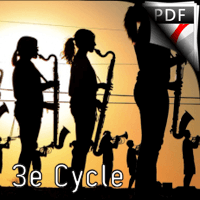
|
Unsquare Dance |
Pascal Kinadjian |
Trompette et ensemble de Clarinettes |
15.90€ |
|
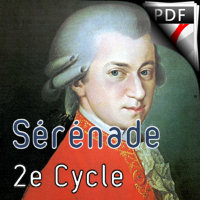
|
Serenade KV 375 |
Wolfgang Amadeus Mozart |
Ensemble de Clarinettes |
14.90€ |
|
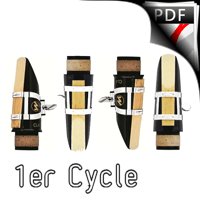
|
Saltimbanques |
Louis Bessières |
Ensemble de Clarinettes |
7.90€ |
|
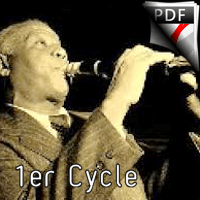
|
Petite Fleur |
Sidney Bechet |
Ensemble de Clarinettes |
7.90€ |
|
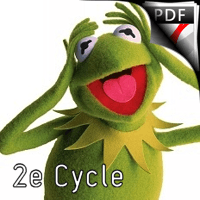
|
Muppet Show |
Jim Henson |
Ensemble de Clarinettes |
6.90€ |
|
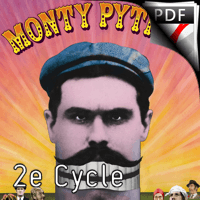
|
Monty Python Flying Circus - Liberty Bell |
John-Philip Sousa |
Ensemble de Clarinettes |
6.90€ |
|
|
|
l'Hélicon |
Boby Lapointe |
Ensemble de Clarinettes |
7.90€ |
|
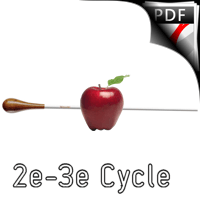
|
Guillaume Tell |
Gioachino Rossini |
Ensemble de Clarinettes |
5.90€ |
A Clarinet Ensemble is a musical ensemble composed entirely of instruments from the clarinet family. It usually includes clarinets in E♭, B♭, alto, bass and contralto or contrabass clarinets, although sometimes not all are included, and sometimes other varieties may be present. The size of the ensemble varies, ranging from 10 to 40 musicians. There are also clarinet trios, quartets and quintets, usually consisting of two to four Si♭ clarinets and a bass clarinet.
The sound produced by a clarinet ensemble has been compared to that of an organ. Although they vary in range, the members of the clarinet family have homogeneous timbres. Consequently, the Clarinet Ensemble can be considered a woodwind equivalent of the string orchestra.
While the clarinet and basset horn (an alto clarinet in F) were already available at the end of the 18th century, the upper and lower voices were still lacking for the completion of the ensemble.
The Mi♭ clarinet made its way into military bands, particularly in Germany, from around 1805, while the bass clarinet would be perfected by Adolphe Sax in 1838. Consequently, the decisive moment for the foundation of the complete Clarinet Ensemble was the advent of the successful Fontaine-Besson clarinet design, exhibited in Paris in 1889 and patented in 1891.
Gustave Poncelet (1844-1903), a Belgian clarinettist and saxophonist, is credited with creating the first Clarinet Ensemble (which numbered up to around 27 musicians) at the Brussels Conservatoire at the end of the 19th century, when he was teaching there.
It was by hearing Poncelet's ensemble in 1896 that the German composer Richard Strauss became acquainted with and infatuated with all the members of the clarinet family. As a result, Strauss used large and varied clarinet sections in many of his large-scale orchestral works and operas.
A clarinet ensemble in the United States was formed in 1927 by Simeon Bellison, then principal clarinetist of the New York Philharmonic; from an initial eight members, the group grew to 75 by 1948.
In the 1950s and 1960s, a number of eminent clarinetists and pedagogues, including James DeJesu, Harold Palmer, Lucien Cailliet, David Hite, Donald McCathren, Alfred Reed, Russell Howland and Harvey Hermann, launched a movement that marked the golden age of the Clarinet Ensemble.
The rise of the clarinet ensemble was strongly supported by all the major instrument manufacturers of the day. Clarinet ensembles were often featured at state, regional and national music conferences in the United States.
